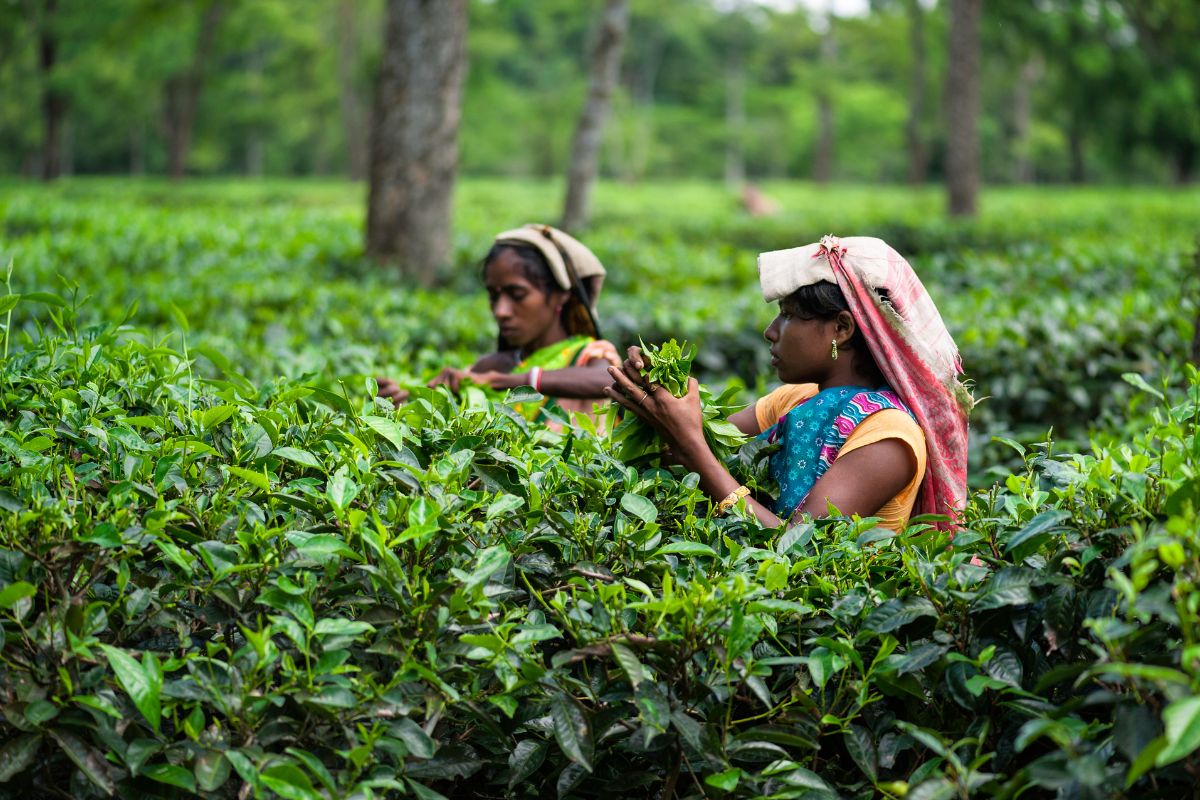District leaders denounce Budget
The Serampore MP on the day of Budget had remarked that the Budget was anti-Bengal.
As the sun sets over the rolling hills of the Terai and the Dooars plains, casting long shadows over the verdant tea gardens, a silent crisis unfolds beneath the surface.

(Representation image)
As the sun sets over the rolling hills of the Terai and the Dooars plains, casting long shadows over the verdant tea gardens, a silent crisis unfolds beneath the surface. The tea industry, once a thriving cornerstone of the region’s economy, now faces unprecedented challenges due to adverse weather conditions.
The prolonged dry spell since early October 2023, coupled with poor rainfall distribution, has cast a shadow of uncertainty over the future of tea cultivation in the Dooars and Terai regions, halving production, and threatening viability of the gardens. Nailing them further are lower auction prices reflecting a fall in quality of whatever they are producing. At the heart of this crisis lies a crucial yet often overlooked solution: irrigation. While the tea gardens of North Bengal boast vast expanses of lush greenery, their dependence on rainfall, which is often erratic, leaves them vulnerable to the whims of nature. It is time for tea garden owners and managements to recognise the urgent need for investment in irrigation infrastructure, not as a luxury, but as a lifeline for their gardens.
Despite the existence of irrigation infrastructure in the gardens, the capacity to irrigate the entire garden remains limited. With irrigation equipment capable of covering only a fraction of the total area in a single day, the efforts to water the tea bushes often come to naught. By the time the last section is irrigated, the earlier irrigated areas have long dried up, leaving the entire effort futile. The reluctance of managements to invest in irrigation equipment adequate to irrigate vast stretches, if not an entire garden, stems from the costs involved. An investment of about Rs 2 crore is required to purchase the necessary equipment to irrigate 1,000 acres during dry spells or periods of insufficient rainfall. However, as the adage goes, “short-term pain for longterm gain.” The initial investment may seem daunting, but the long-term benefits far outweigh the costs. Imagine a future where tea gardens are no longer at the mercy of unpredictable weather patterns. With robust irrigation infrastructure in place, tea growers can ensure a steady supply of water to nourish crops, even during the driest of spells. The reliance on rainfall becomes a thing of the past, replaced by a sense of security and resilience in the face of adversity.
Advertisement
But the benefits of irrigation extend beyond mere water supply. By maintaining optimal soil moisture levels, irrigation can enhance the overall health and productivity of bushes, leading to higher yields and improved quality of tea leaves. Moreover, irrigation can mitigate the risk of pest infestations, reducing the need for costly pest control measures and safeguarding the sustainability of cultivation in the long run. As we confront the challenges of the present, let us not lose sight of the promise of a brighter future. In the fertile soil of North Bengal, let us sow the seeds of change, and reap the harvest of a thriving and sustainable tea industry.
Advertisement